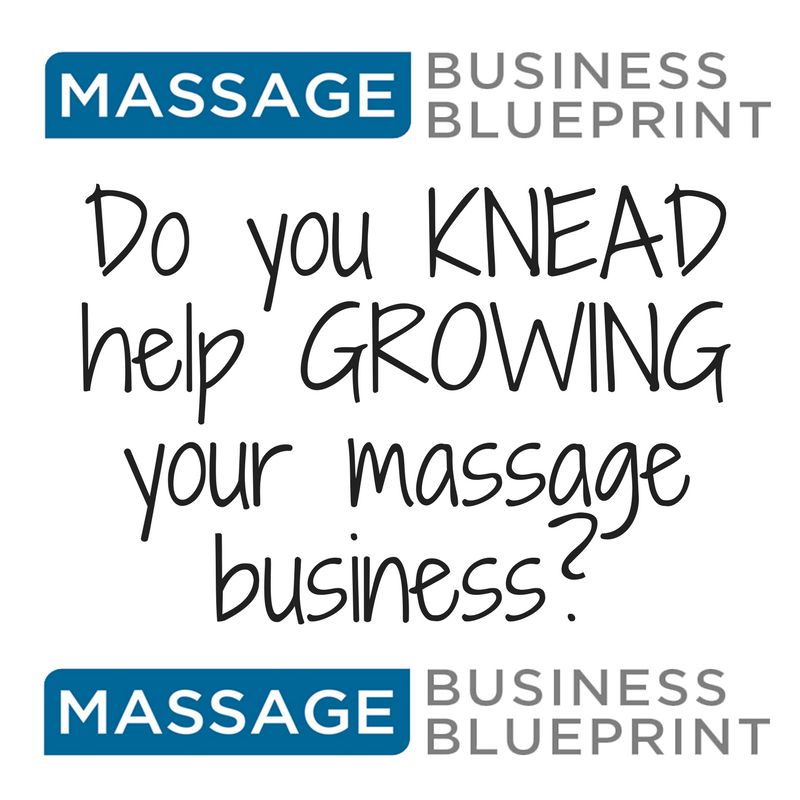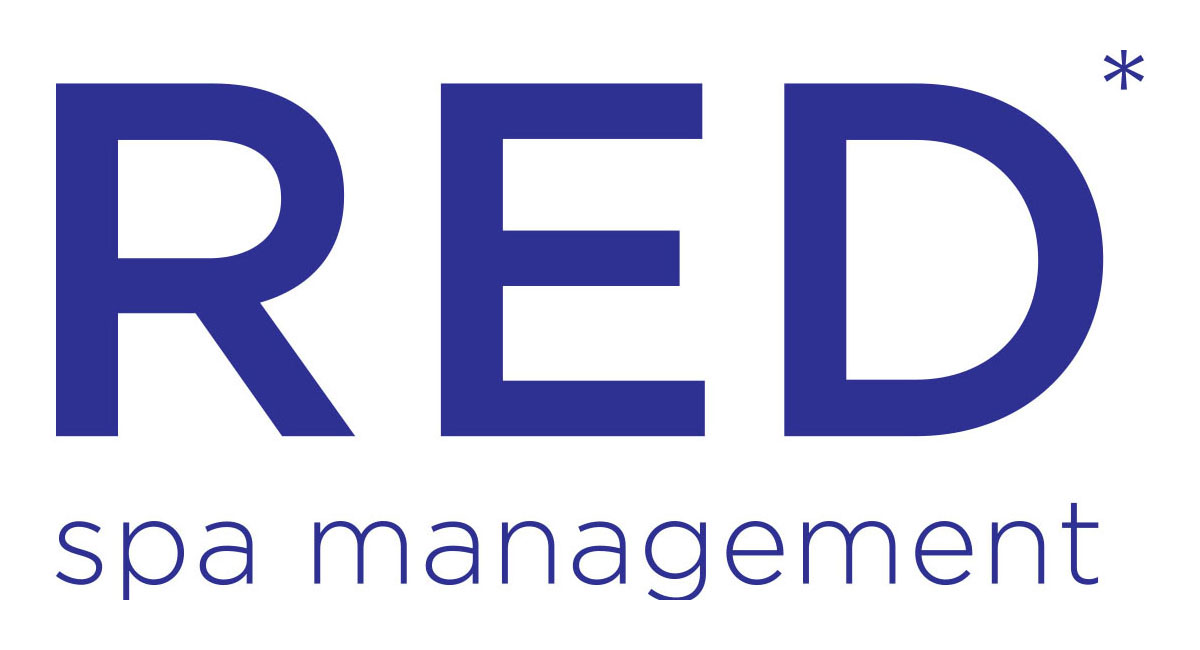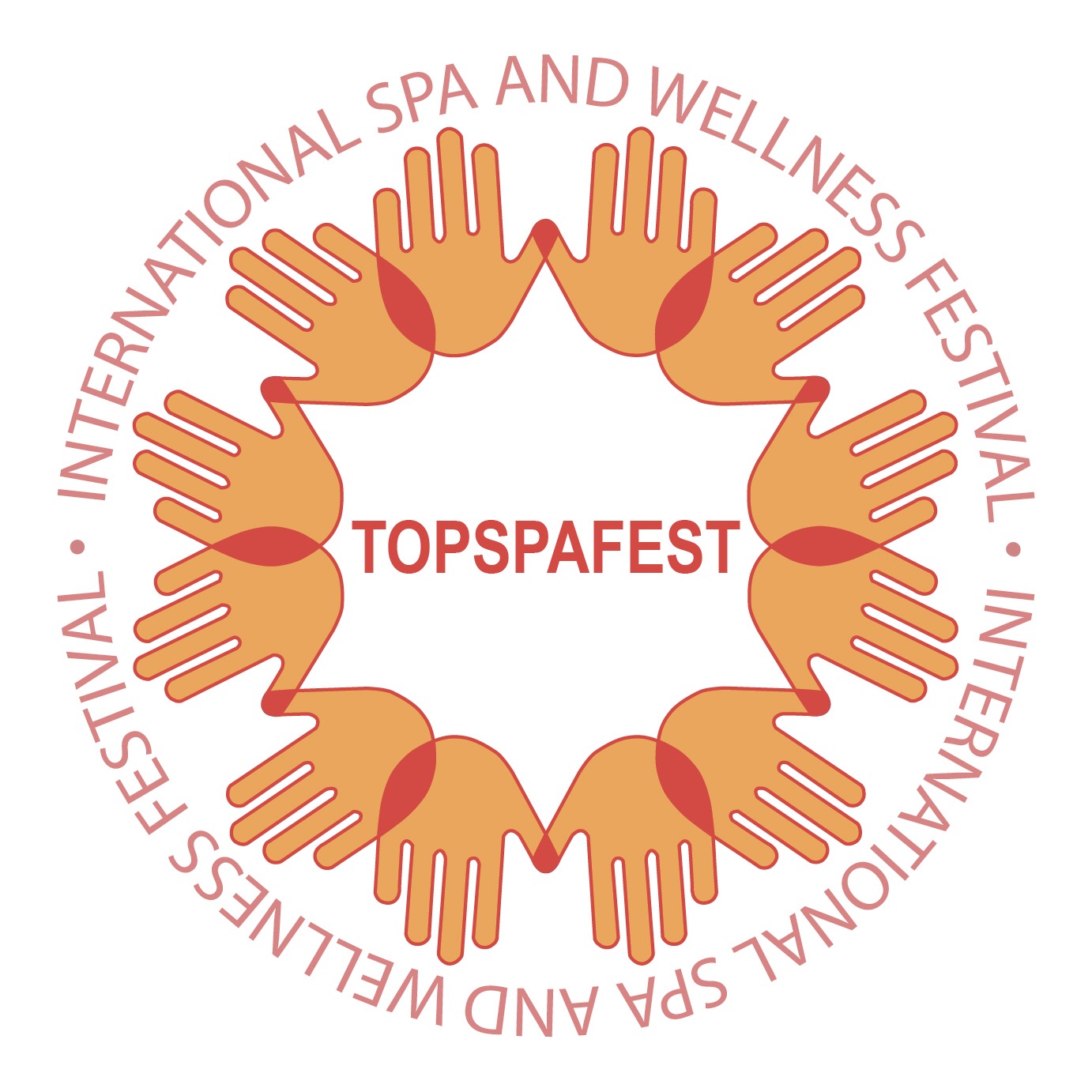
PREPATORY MASSAGE
This is when the athlete utilizes massage regularly during training to improve fitness and recovery times prior to competition. The importance of Preparatory massage for the athlete is often understated. Frequent massage during training helps identify beginning dysfunction in the tissues, tendons, or fascia, and thus decreasing the likelihood of injury.
PRE-EVENT MASSAGE
(Pre-competition Massage)
Basics
Would usually be 5-10 minutes in a team change-room environment, but could be shortened or extended depending on circumstances. Pre-game techniques are fast-paced to stimulate blood flow, flush the system, and reduce resistance. Know the number of players to give massages to, be aware of time constraints, and know what areas of body to cover. Never ask the client where they hurt just before the big game. In strength related sports, concentrate on the specific muscles used. In endurance sports, concentrate on overall energy and flexibility. Be aware of how much a client has had massage previously to an event.
Techniques
Use brisk invigorating variations of sport massage strokes to specific muscles as per sport. Use gymnastics, stretching, PNF if athlete has used them before after the athlete has warmed up. You can begin with light pressure and gradually increase pressure and speed. Energize or calm down as needed.
Keep in mind
Do not comment on tightness at this point, it may be too negative and depressing. Do not treat Triggerpoints. Only use Trigger point therapy 24 hours before competition and only if the athlete is used to having such a treatment before and event. If an athlete is unprepared, injured, or tight to the point of causing an injury, bring this up with caution.
*There are four important physiological effects of a warm-up. First the athlete's heart rate should increase. Second, the athlete's respiratory rate should increase. Third the athlete's body temperature should increase. Fourth as the athlete goes through the motions required to compete it prepares the body's nervous system for strenuous activity.
DURING COMPETITION MASSAGE
(Between games)
Usually only 5-10 minutes at the most. Never ask them where they hurt. Follow many of the same rules as the Pre-Event routine.
POST-EVENT MASSAGE
(A post-competition Massage)
Basics
Would usually be 5-15 minutes in a team change-room environment, but could be shortened or extended depending on circumstances. Consider the number of players/competitors to give massages to. Consider time constraints to complete the massages.
Techniques
Concentrate on the major muscles used in the event. Use light draining strokes moving toward the heart. Start lightly and gradually apply more pressure. Use gymnastics to access the joint range of motion. Do not use resistance stretching on tired muscles. Use gentle compressions, light circular friction to aid in circulation, and reduce spasms. Use light draining strokes moving toward the heart like effleurage and petrissage for lymph drainage. You may not be able to use oil or lotion so keep that in mind. Using general compression techniques is beneficial to the athlete.
Keep in mind
Recovery is a period of non-activity or diminished activity, which should follow a race or heavy training. Periosteum is the thin tissue covering a bone. When the tissue becomes inflamed (periostitis), this is considered by many experts to be a precursor of a stress fracture. Lactic acid, which builds up in the body fluids because of the breakdown of muscle tissue. This build-up occurs naturally during hard exercise and causes pain in the affected muscles.
*Post-Event massage starts with Compressive Effleurage to establish appropriate pressure and push fluids from distal to proximal. I usually follow with Petrissage to knead and milk the muscle. With Petrissage you should be careful with your pressure. I then use compression strokes to relieve tightness that occurs as the muscles cool down. Compression can also restore blood flow to the targeted muscles. Broadening strokes can then be used to restore length and broaden muscle bellies. I then return to Compressive Effleurage to finish off and soothe the area.
*If you are familiar with good stretching techniques they can be administered to relieve soreness and prevent muscle tightening. Post-Event Massage should not last much more than ten to fifteen minutes. It is not intended to be a full body massage. It is for the purpose of helping the athlete recover from physical activity.
MAINTENANCE MASSAGE
(Rehabilitative Massage)
Basics
Would usually be 30-60 minutes in a clinic situation, but could be shortened or extended depending on the circumstances. Time can be negotiated with the athlete depending on their time availability. Check to see when they will be working out: That day, few hours away, or the next day. The time may influence the type and length of massage session.Information used in sports maintenance massage is gathered from discussing the athlete's goals, watching the athlete's workouts or competitions, recording current or previous injuries and prior treatments, including massage, and setting specific goals for a sports maintenance massage program.
Techniques
If they are tight, you may want to use Trigger point methods. Maintenance techniques usually are Swedish massage with deep transverse friction. Work to increase flexibility and range of motion. If they are fatigued, you may want to use more effleurage and other strokes to drain lactic acid build up. When the injury is in the chronic stage, nonspecific compression of the site, range-of-motion movements and ice treatments would be appropriate. Advance to cross fiber friction with movement and ice treatments as the injury heals. Strengthen and stretch the injured area once the athlete can go through a full range of motion without pain.
Keep in mind
Know your athlete's event. Ask them where they hurt and take the most stress. Look at your client's overall body alignment to determine areas of higher stress. Find out when they last worked out and what they did in the workout (You might want to take it easy on the areas already worked).
Typical locations for adhesions in athletes
The two main ways athletes are injured: a biomechanical problem and overload problem (or training errors).
• Traps/ Supraspinatus
• Erectors/ Thoracolumbar fascia
• Traps/ Levator Scapula
• Glutes
• Rectus Femoris (Quad)
• Lats/ Teres major and minor
• Semimembranosus/ Adductor Magnus
• Extensors and or Flexors of the forearm
• Soleus/ Peroneus Longus
Common areas of potential stress that may be addressed during restorative massage
• Foot and ankle: strained or pulled Achilles' tendon, metatarsal cramp or fatigue, ankle strains and twists
• Thigh, calf, knee: golf knee, calf spasms, runner's cramp, hamstring strain
• Hip, leg, buttock, groin: strains because of twisting and swinging
• Elbow, arm: weakened arm and shoulder muscles, stiffness and soreness
• Wrist: tension caused by grasping and tensing
• Back, shoulder, neck: strain to muscles, shoulder joint injuries
• Midback and lower back
• Racquetball shoulder
• Triceps strain
• Groin: pulled muscles
• Chest and abdomen: strain, spasm, soreness









